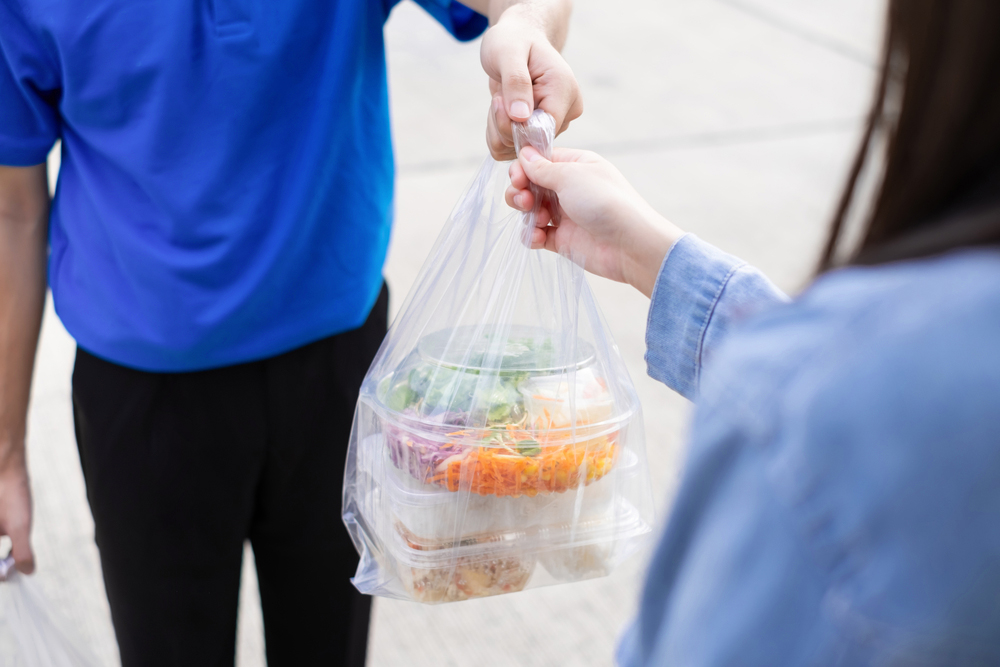Should restaurants outsource or use in-house delivery?

Experts expect an almost twofold increase in the food delivery market in 2022. Many brands hire and train their couriers to offer customers the best service. Some use only outsourcing, and others combine both methods. Read on to see which one is suitable and what will help your business surpass your competitors.
What's on your plate?
To know when and how often you need couriers, you must position your business’s delivery needs.
Analyze the statistics of orders for the day, week, month, weekend, or holidays. Does your restaurant have busy hours or peak days? What is the highest number of orders for delivery? Once done, determine if any employee can focus on handling orders for delivery. Their tasks include processing orders, packaging, and dispatching them to the courier.
Next is knowing how to accept order payments from customers. Are all payments made online, or will you get cash on delivery? Can you provide an electronic or physical receipt? Payment options can have a significant impact on your customers’ delivery experience. Last, identify other services you need– SMS or push notifications, order tracking, routing, API integration, etc.
Answering these questions will help you estimate possible costs and how much you are willing to spend on delivery.
Compare the rates of logistics services and the quality of your competitors' delivery.
It’s time to check what the logistics market can offer and whether it can solve your problems. You now know your average demand, budget, need for extra services, and available human resources. This makes it easier for you to review & compare different logistics service providers. Study their pricing, offers, and benefits. Prepare your questions, and get in touch with these companies to discuss possible cooperation.
We also recommend evaluating delivery from competitors. Do you run a pizza place? Order a pizza from your competitor, then have it delivered to you or your family.
See how the process goes, and ask the recipients how everything went. This can give you an insight into how you want the customer journey for your food delivery to be.
Understand if you need in-house delivery.
Having in-house couriers is optimal for businesses with heavy delivery loads. The task is to provide this load to couriers every day. The company should have enough employees dedicated to logistics operations– process orders, pack food & drinks, release packages to the courier, and watch the orders until delivery is complete. The number of deliveries should be more or less the same daily.
An in-house fleet gives you many advantages. One, you can train couriers about the specifics of your product and build the best service. Two, you can use branded clothes and thermal bags to increase loyalty and recognition. Third, you can have direct communication with customers and control couriers.
On the other hand, having an in-house fleet also presents its cons. It requires the technical ability to track the order to check where the courier is and how soon the customer will receive the order. A company would need to invest in technology or create a process to have a sound tracking system.
Another con would be the dedicated workforce. Since a company would need a team to focus on deliveries, this would mean more salary costs. On top of that, aside from time and operating costs, you need to pay couriers’ wages, taxes, and insurance premiums.
Who is suitable for outsourced delivery?
An in-house fleet might cost more for small businesses with irregular deliveries. Outsourcing third-party logistics can prove to be more profitable and convenient. There is no need to worry about the entire delivery process; the logistics service will take care of that for you. You get what you see– costs are upfront as declared, and you pay when you need the delivery. Go to their app or website, then book yourself a courier by completing one order form. The courier picks up the item for delivery, and your product is fresh on its way!
Our recommendation is different for large businesses, especially those with strong brands. We see outsourced deliveries as support to your in-house fleet when you need to meet the high demand in orders.
To sum up, it is important to review your business’s current position. Identify your available resources, business needs, and pain points. From here, estimate the costs and decide which type of delivery service you should opt for.
If you choose to outsource a logistics partner, Borzo is open to discussing with you all the ways we can help address your needs. Please leave us your details, and our sales team will be in contact with you soon! 😊
For on-demand delivery, you can book a courier online, on the go! Borzo couriers are available on our website or mobile app (iOS & Android). 💙

